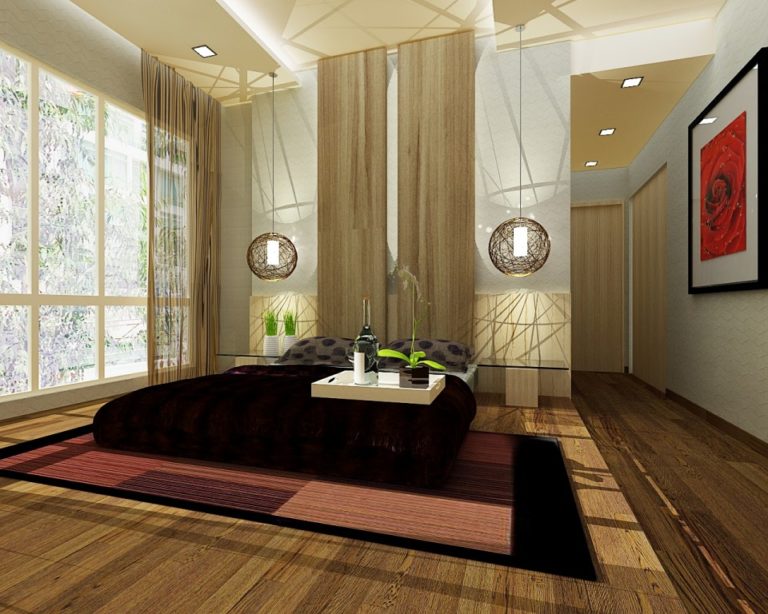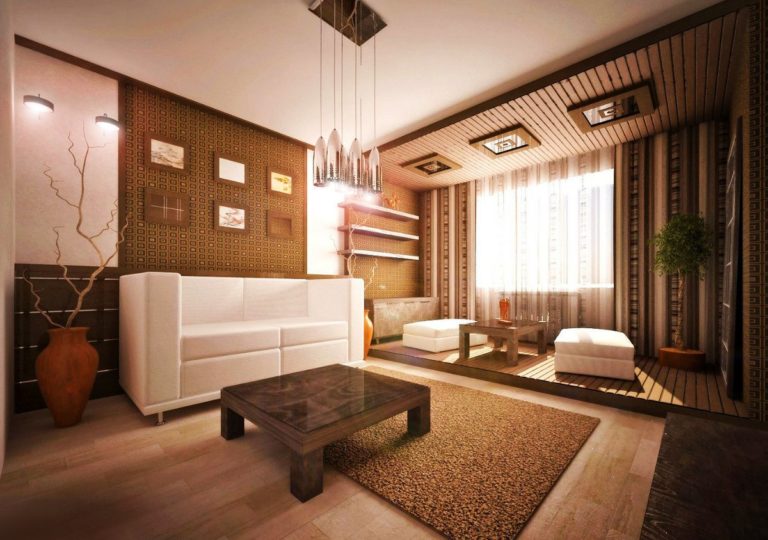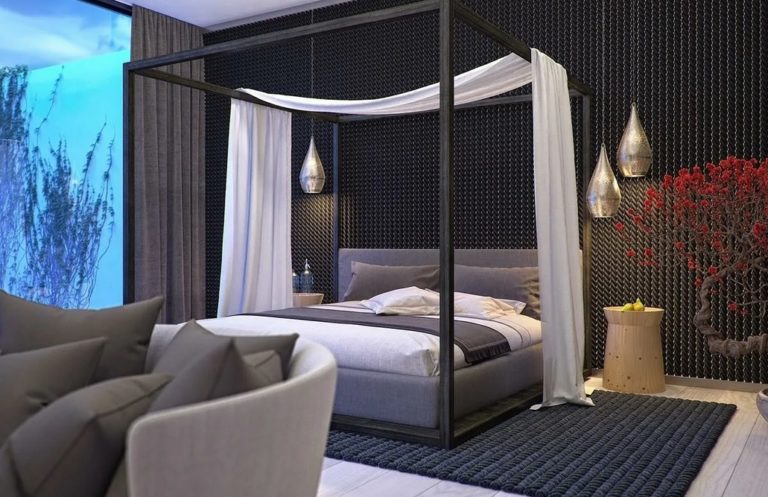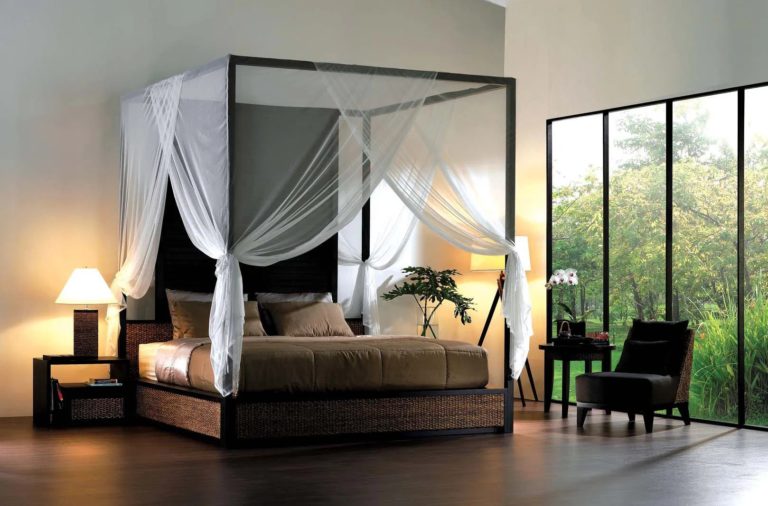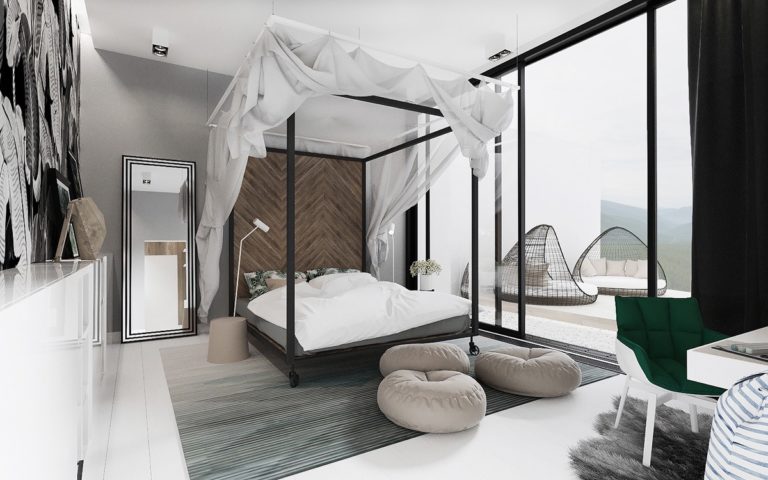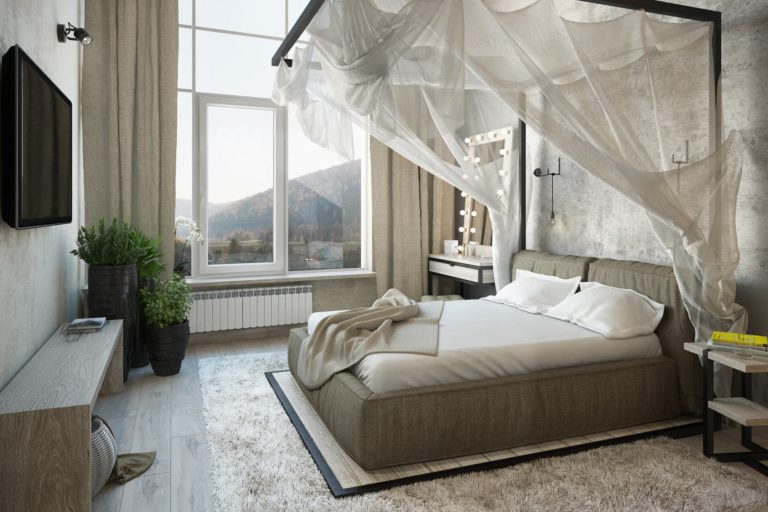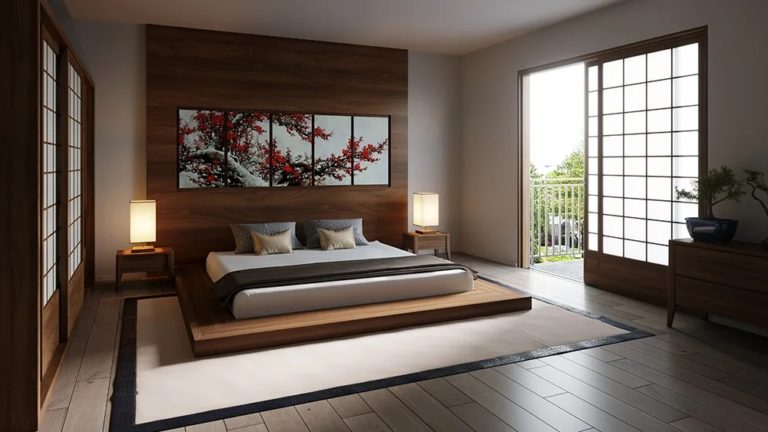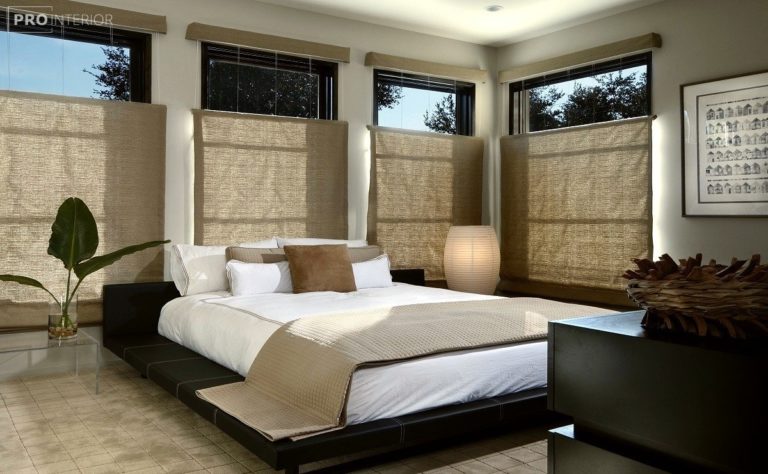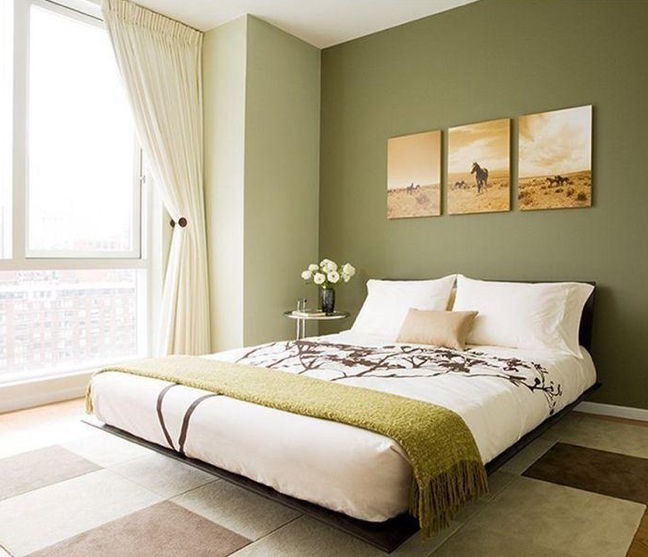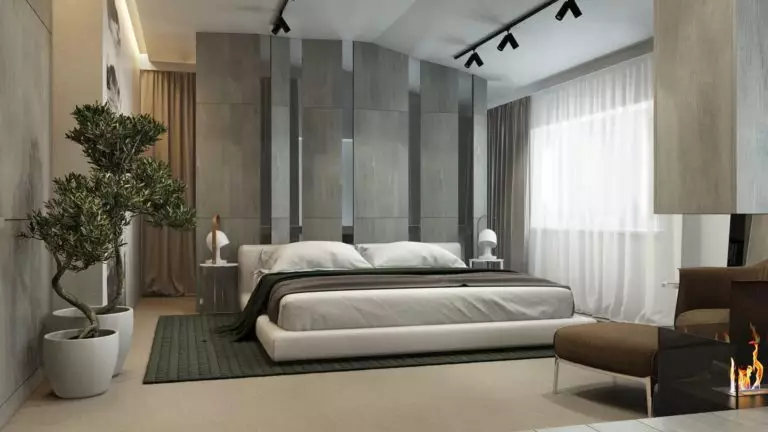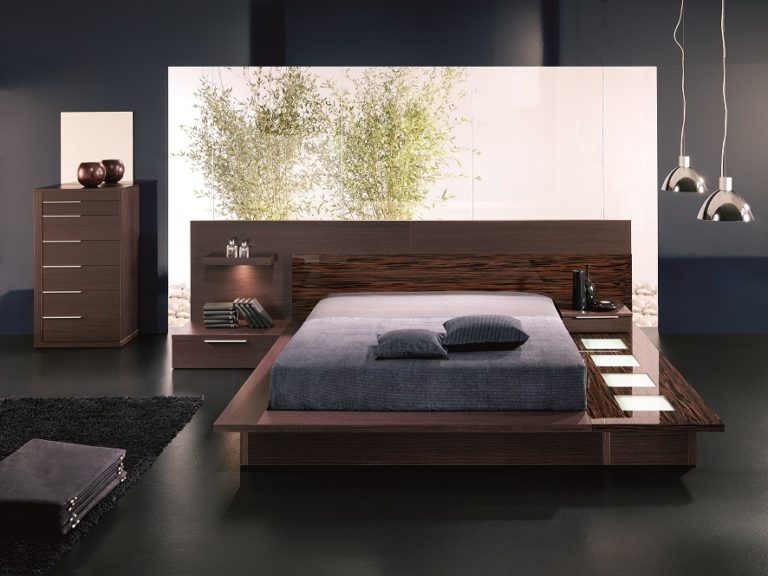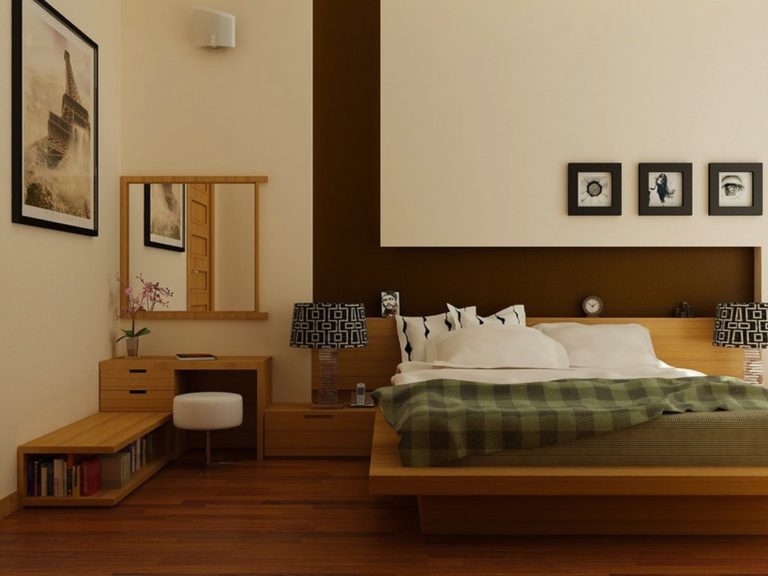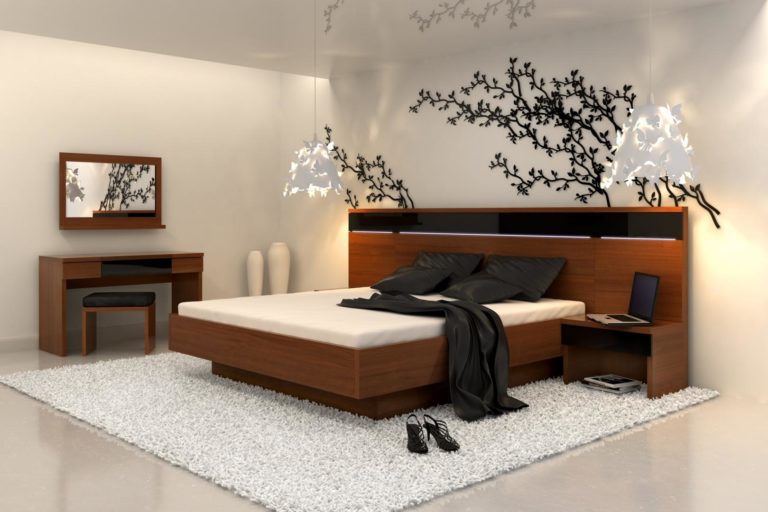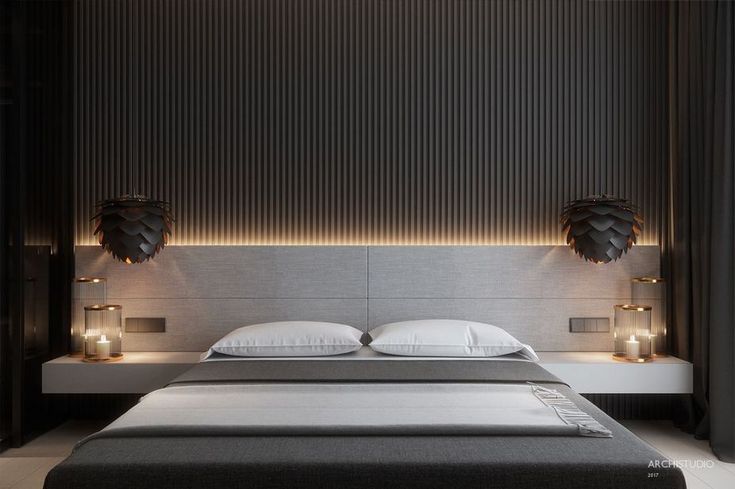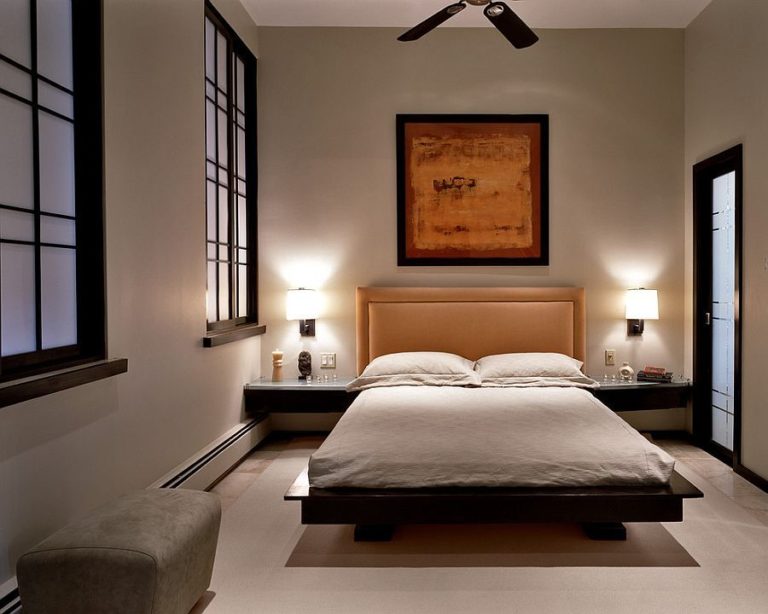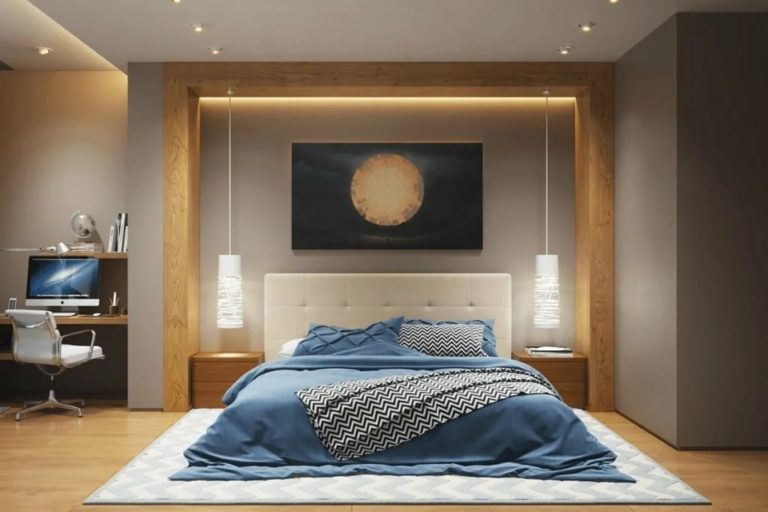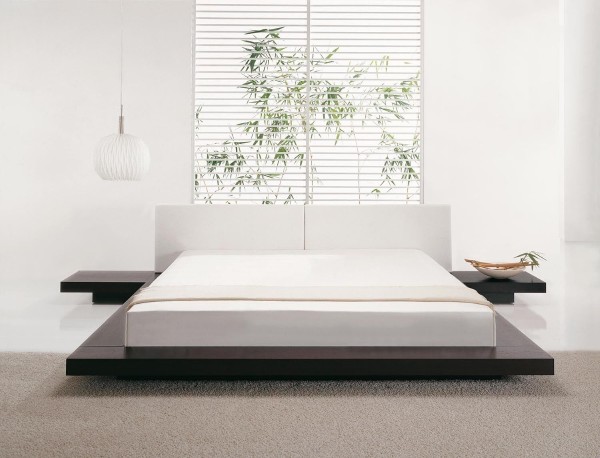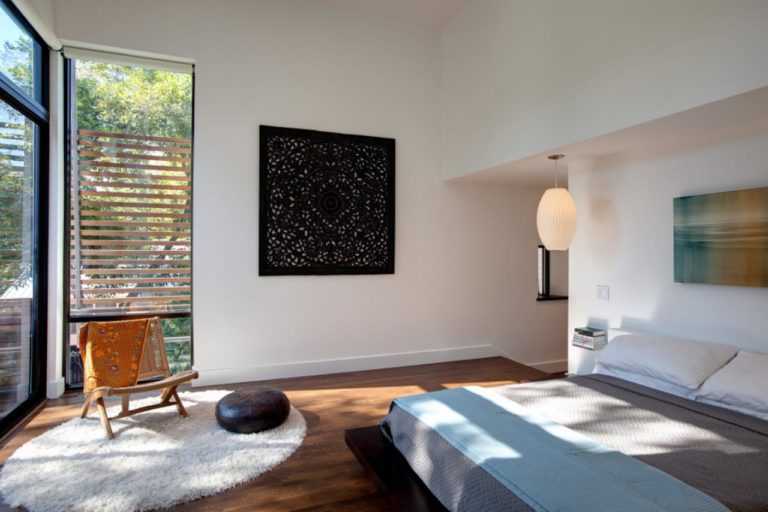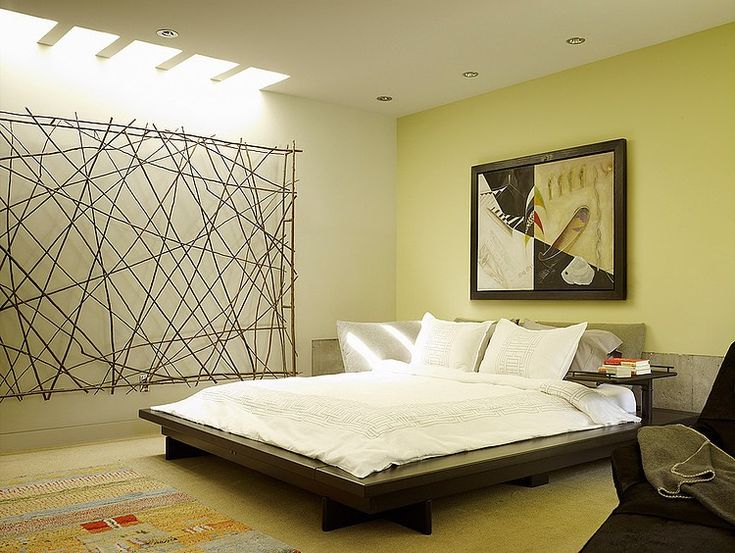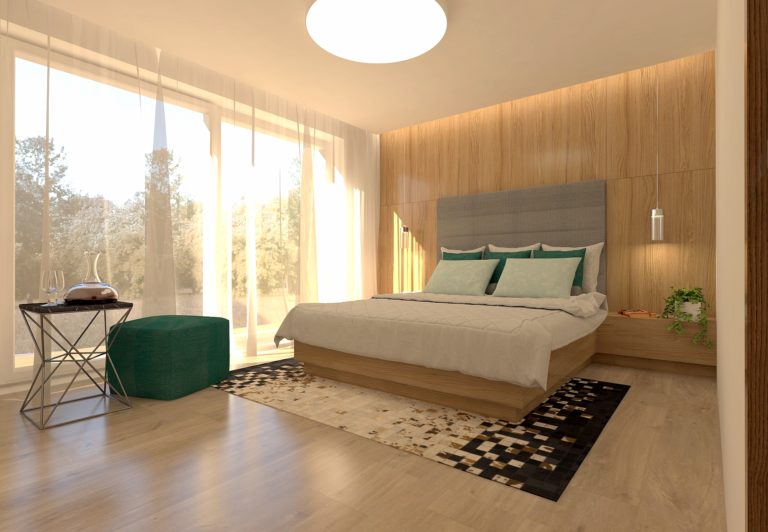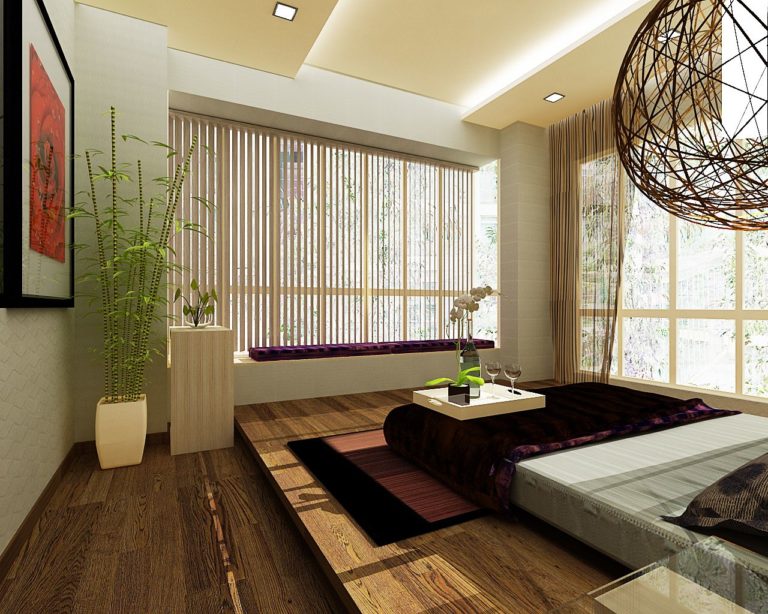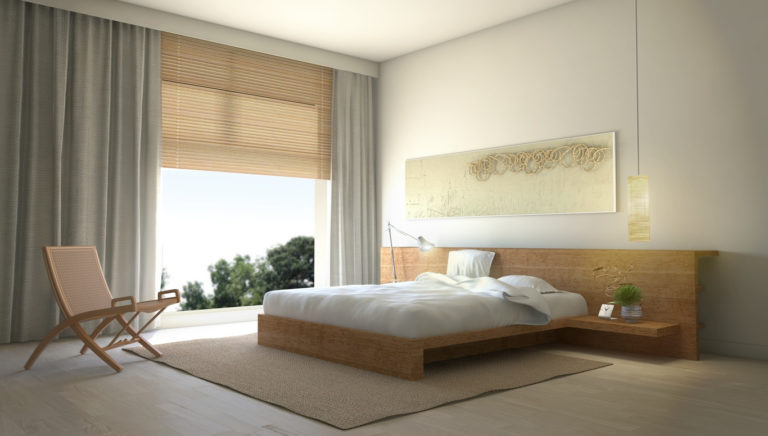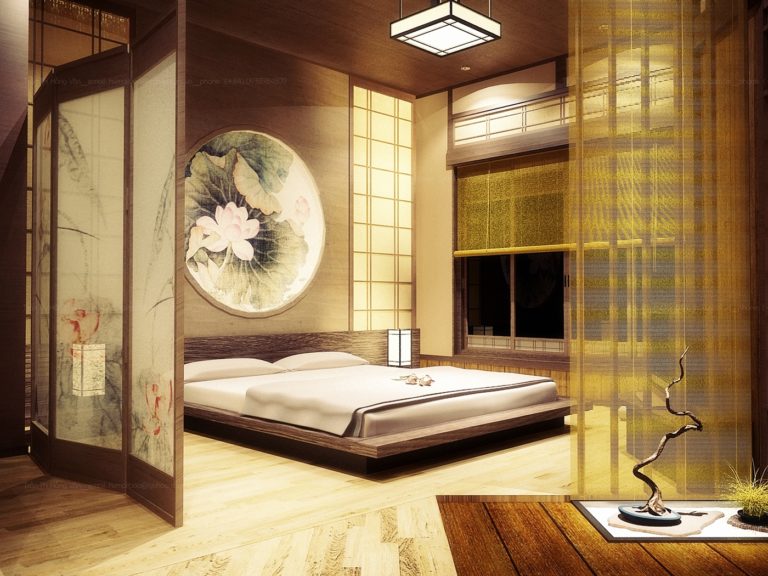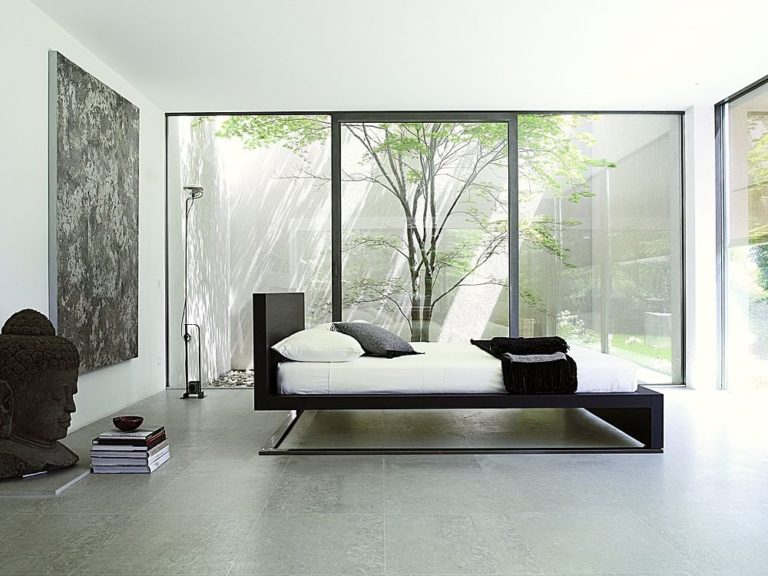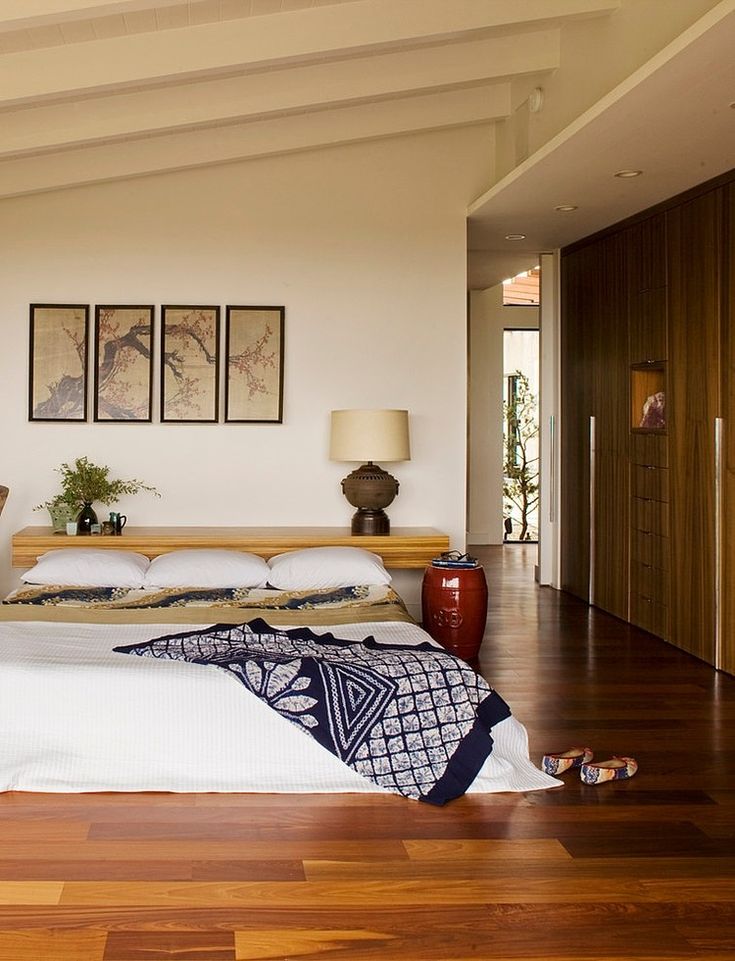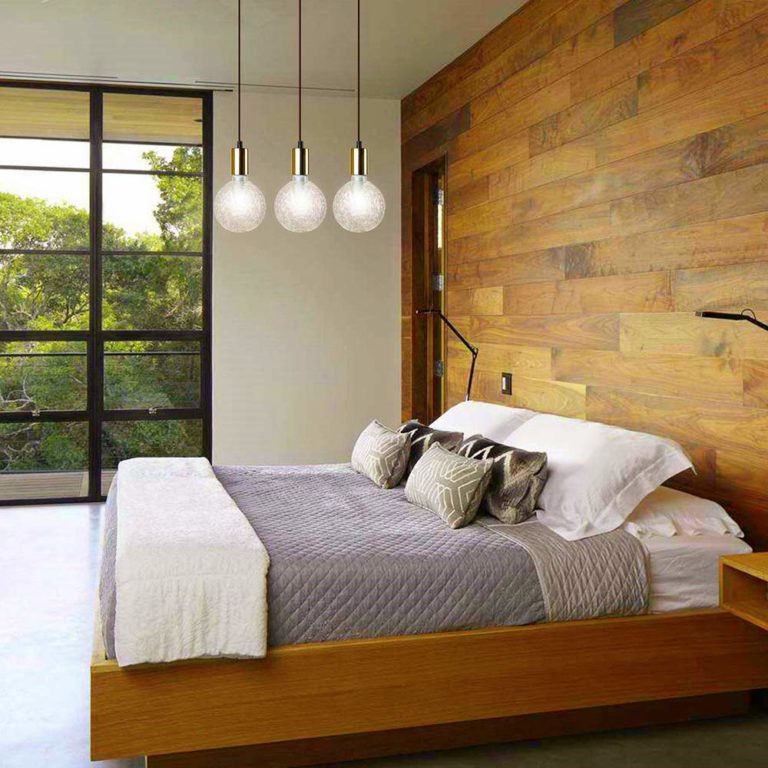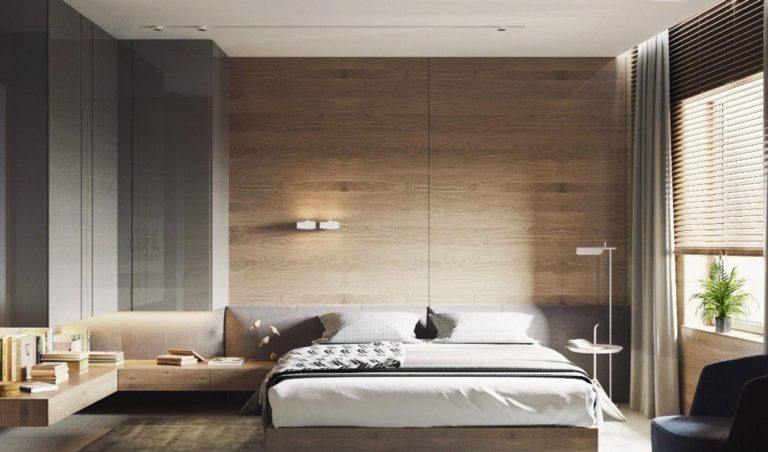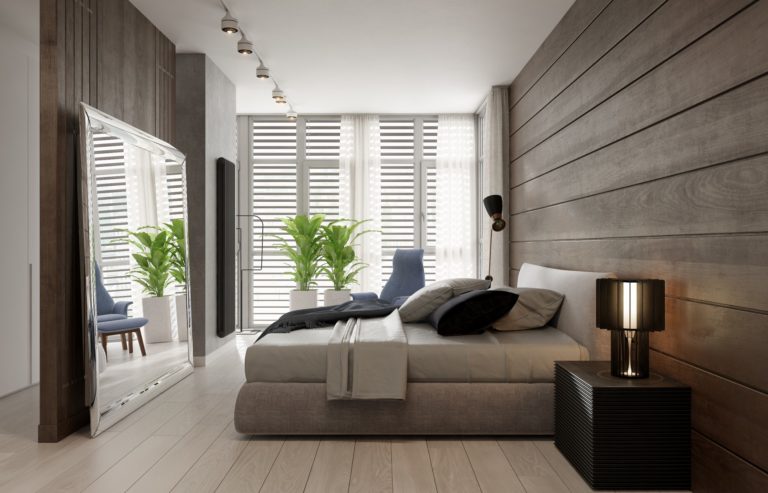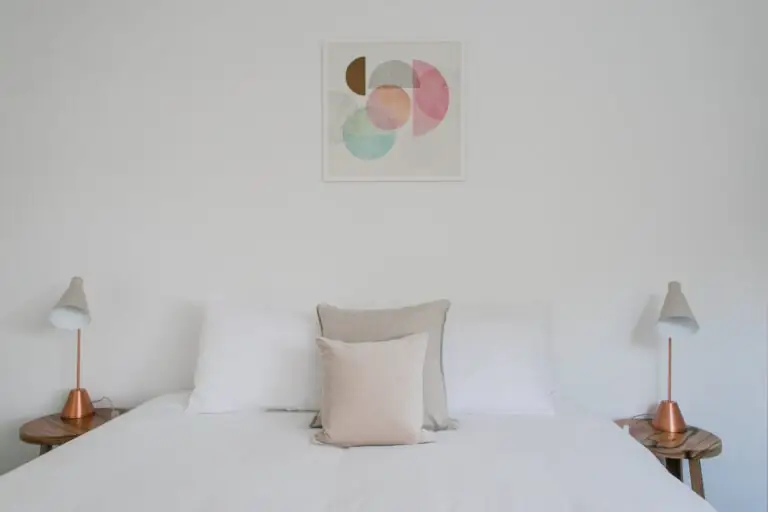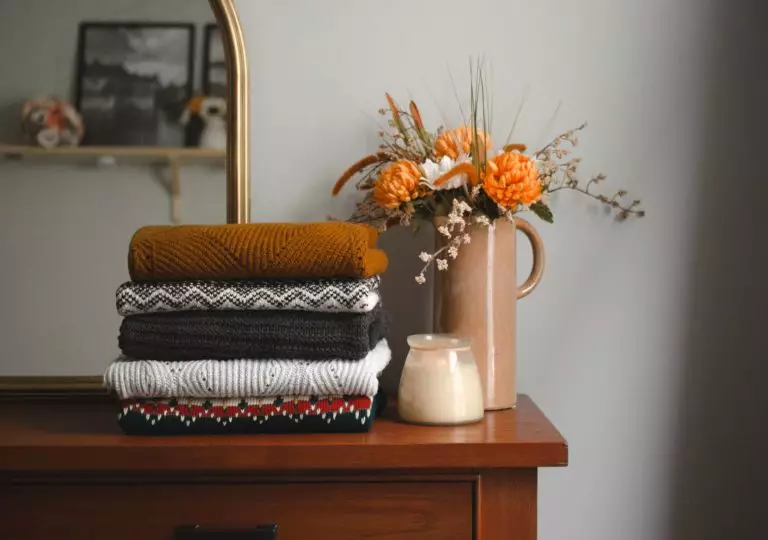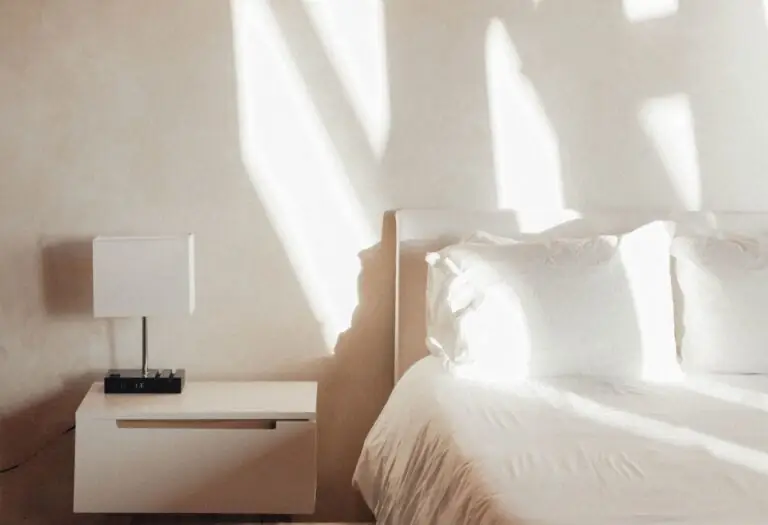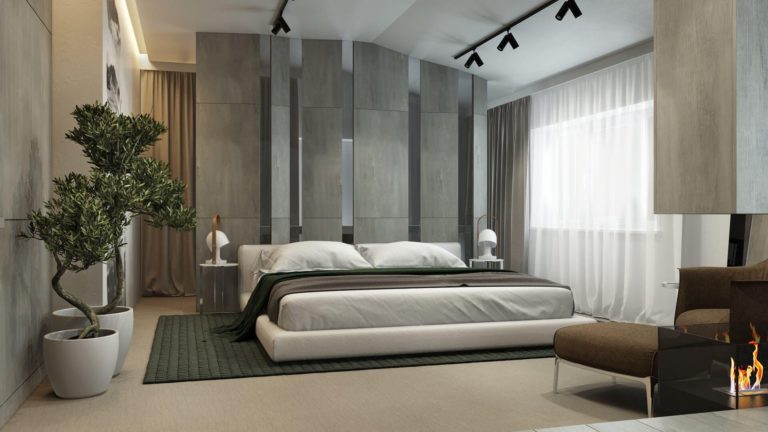
Each of us decorates the interior of the bedroom by own wishes and expectations. Someone wants to turn their home into an ultra-fashionable corner. Someone wants to demonstrate their status and craving for luxury. Someone wants to surround themselves with sophistication, someone needs brightness and crazy energy, and someone dreams of a quiet haven in which everything breathes with calmness and serenity. And if the latter option is closest to you, a Zen bedroom may well be the very source of inspiration you have been looking for for so long.
Zen in the interior: history and concept
Zen is one of East Asian Buddhism’s key schools, formed in the 5-6 centuries in China. Its other name is the school of mystical contemplation. Zen adherents’ main goal is to comprehend the nature of the mind, cognize one’s personality, purify the heart, and seek enlightenment in meditation. According to the founders of the doctrine, complete harmony with nature, acceptance of one’s desires, free flow of thoughts -, this is what you should devote your life to without any violence against yourself and rejection of the surrounding phenomena.
This philosophy could not fail to find its reflection in the arrangement of housing for fans of this school. Although the mention of how to provide your own life and create a harmonious environment in Zen is rather superficial, the importance of these aspects should not be underestimated – it is in what surrounds us that there is meaning and a path to understanding.
In terms of interior design, experts distinguish seven main categories. They have been used in modern design for a long time, but if you have just started to study this excellent style, it is worth learning more about each of them.
As you may have noticed by now, all of these categories can be a starting point for creating a Zen-inspired interior in your bedroom. You should not experiment and look for something new: there is more than enough in these principles.
Zen bedroom decoration and furnishings
Simplicity, comfort, and absolute, unclouded peace – this is how you can briefly describe the interior of the bedroom, decorated following Zen’s principles. Designers suggest that you approach furnishing and decorating a room thoughtfully and seriously, focusing on what gives you peace of mind, as well as physical and mental comfort.
Palette
The color scheme for a Zen-style interior is relatively neutral and at the same time allows for the colors that nature itself is so often saturated with. In the bedroom, you can use the following tones and shades:
As a rule, three, maximum of four colors are selected for a room, one of which is the basic one. It’s up to you to decide what shades you want – however, finding the perfect color balance is significant.
Finishing
For the design of the primary surfaces of the bedroom in the Zen style, the following solutions are characteristic:
Furniture
A lot of attention should be paid to the choice of furniture for such a bedroom despite Zen assuming its minimum amount. The central element of the room is, of course, a sleeping place, but this style has unique requirements for it – a minimum height, a low, laconic headboard or its complete absence, and, of course, a body made of natural wood in natural shades. However, Zen fans can afford to sleep on a wide mattress right on the floor; however, designers still insist on using a small podium for delicate zoning. You can also install the following pieces of furniture in the bedroom:
It is entirely optional to use everything mentioned above – do not forget about the Yohaku-no-bi principal’s importance.
Lighting and decor
With the bedroom lighting decorated according to Zen’s canons, you need to be extremely careful. The harsh, bright light that floods every corner is entirely unsuitable for creating a relaxed atmosphere and craving for contemplation. Chandeliers and massive ceiling shades are not used. Better to look for hidden lighting lines, sconces, and small floor lamps that make a soft, diffused glow that allows you to observe the whimsical play of light and shadow in the evening.
